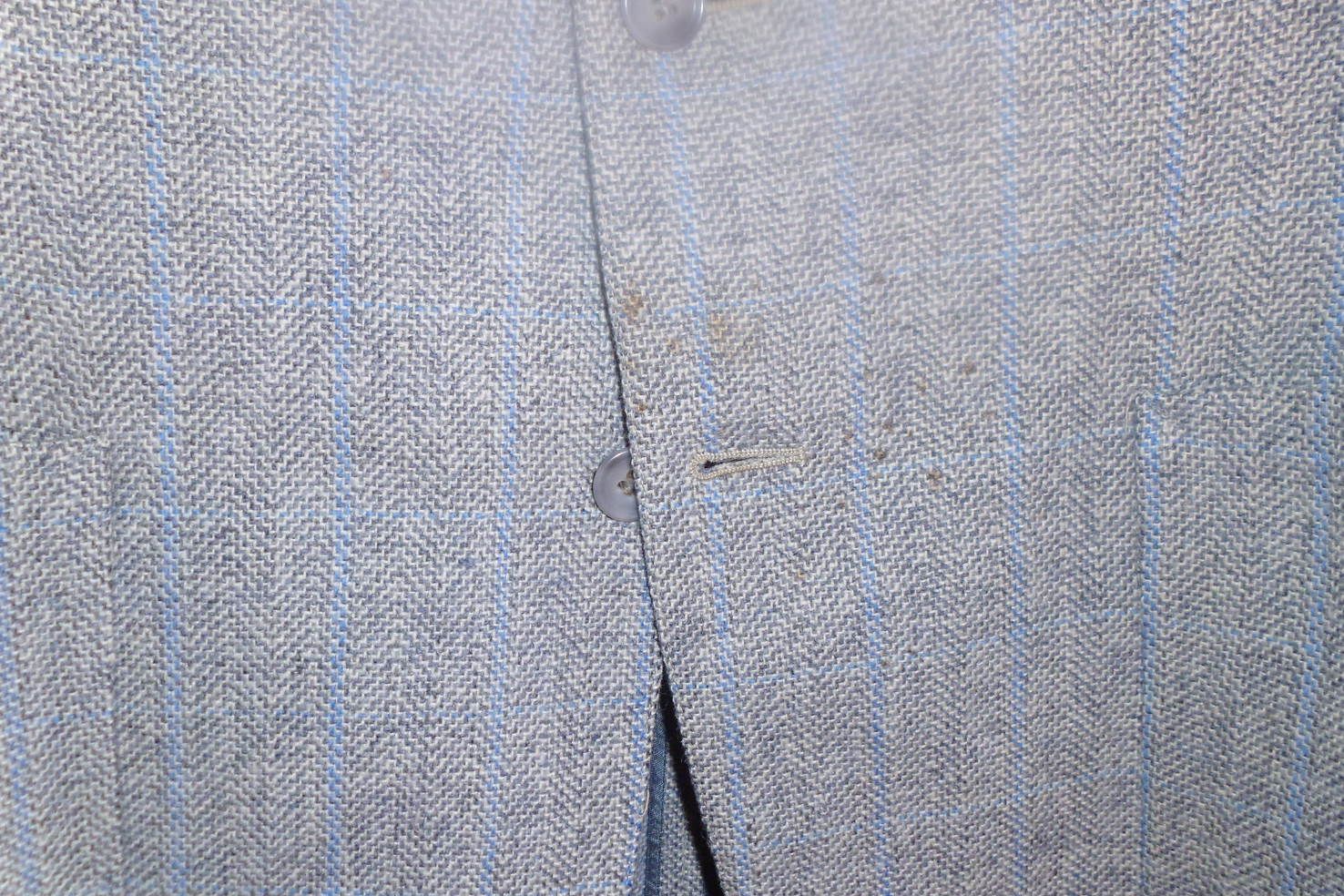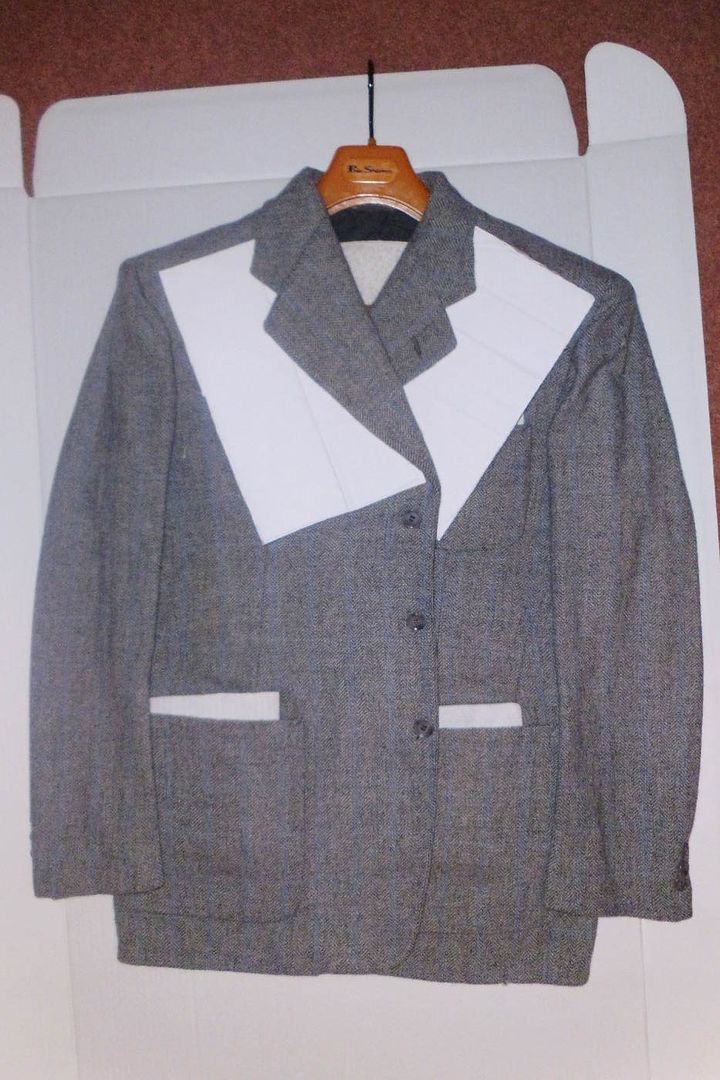APP Adrian
A-List Customer
- Messages
- 364
- Location
- Toronto
So I threw my vintage medium weight worsted wool suit in the washing machine. These were the results:
The pant hems shrank about an inch.
The suit sleeves shrank about an inch or 2
A bit of waist suppression was added
The shoulders of the suit shrank 2 sizes (It was a 40R suit, so therefore the shoulders fit a 38R.) I'm a perfect 38R in the shoulders.
BASICALLY, the entire suit shrank down 2 sizes.
Also, the suit doesn't smell like old man junk.
The pant hems shrank about an inch.
The suit sleeves shrank about an inch or 2
A bit of waist suppression was added
The shoulders of the suit shrank 2 sizes (It was a 40R suit, so therefore the shoulders fit a 38R.) I'm a perfect 38R in the shoulders.
BASICALLY, the entire suit shrank down 2 sizes.
Also, the suit doesn't smell like old man junk.






